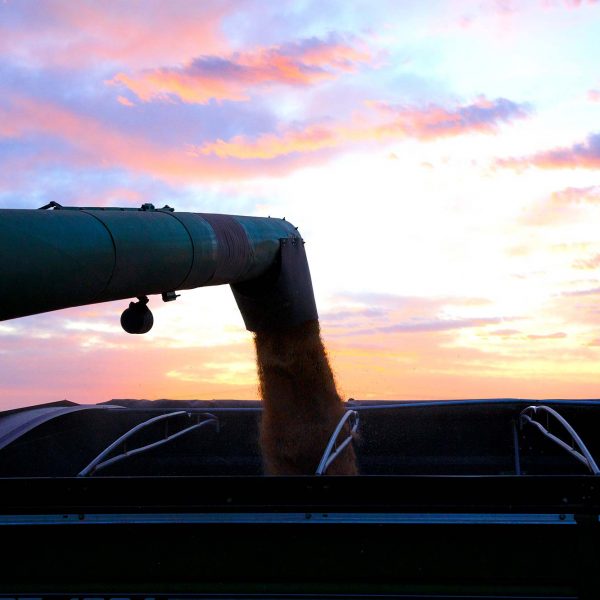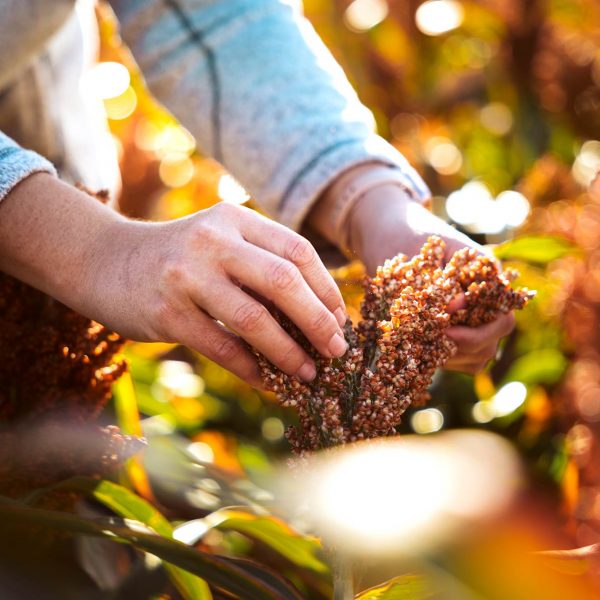Silage Sorghum Irrigation and Water Use
June MAFG/HP | 2023
Dr. Brent Bean, United Sorghum Checkoff Program agronomy Director
Silage production plays a critical role in the feedyard and dairy feed supply. Over the last few years there has been a steady increase in the acres planted to silage sorghum on the High Plains. The driving force behind this increase is the decrease in available irrigation water, along with increased daily temperatures and inconsistent rainfall. The amount of water required by silage sorghum will be dependent on the climatic conditions present that drive water demand (evapotranspiration) and the length of maturity of the hybrid.
The maturity length of the silage sorghum is critical in determining total water used during its growing season. The number of days it takes hybrids to reach harvest can vary by 20 days or more. In the 2022, Texas A&M AgriLife Bushland Forage Sorghum Silage Trial, 76 hybrids were compared ranging from 106 to 126 days to harvest. Using a conservative 0.25 inches of daily water use, this equals a difference of 5 inches of water used by the hybrids!
Earlier maturing hybrids do sacrifice some yield, but not as much as might be expected. In the 2022 trial, hybrids that were harvested after 106 days, yielded an average of 26.1 ton per acre compared to the hybrids harvested after 126 days that yielded 30.6 ton per acre of silage.
One of silage sorghum’s strengths is its ability to withstand an extended period of drought. This was evident during the drought of 2022 when, in late July, there were fields of silage sorghum in the Texas Panhandle that appeared almost dead but fortunately, rainfall began to occur and by mid-September the sorghum had made a remarkable recovery.
An often asked question is how much water is needed to produce one ton of silage sorghum? Although more research is needed to answer this question under different environments, a good rule of thumb is to expect one ton of silage (65% moisture) for every inch of water available to the sorghum. When irrigation water is limited and must be rationed, it is better to stress the sorghum late in the season rather than during establishment or midseason when it is rapidly growing and adding biomass.
Considering the increasing concerns about water scarcity, sorghum silage is a favorable option for regions with limited water resources.




